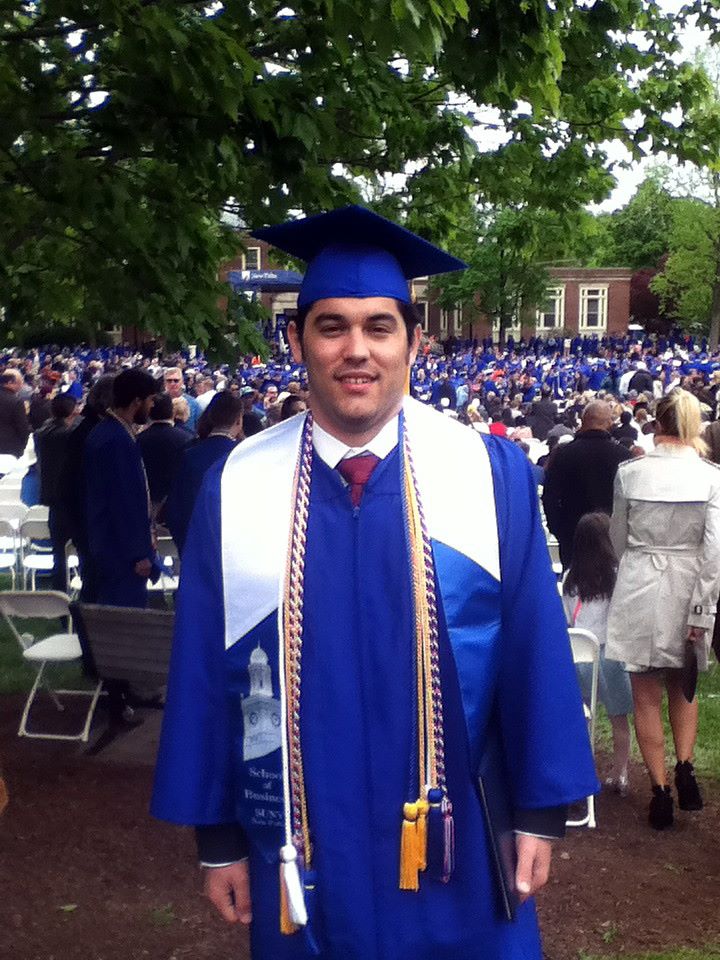Earlier this week, the Summer Solstice coincided with a full moon for the first time since 1948. Now, I am not one for astrology but I figured someone out there must have had a blast writing fortunes for such a mystical and unearthly occasion. So, I googled it.
Turns out I had a couple moons in my centaur and might come to some wondrous realizations in the near future. Now, I don’t know about all that, but I did have a dream that I was using oil pastels to paint a sunset over a seaside cliff.
I am no artist, but I am really not a photographer. In the year that I lived in the south of France, I didn’t have a camera or even a camera phone. Any photos that I have of my time there were ripped off of friends’ Facebook pages. I have been trying to reconcile my photographic failure with my desire to remember my adventures. For this reason, I figured picking up some sticky, oily crayons might be just the thing to document my time in Africa. Between this blog and some waxy paintings, I hope I can create a colorfully messy, impressionistic memory of my time in the Peace Corps.
Or at least have some fun when I have nothing to do on a day off . . .
First few practice/playing around sessions are featured below.Light criticism welcome, I have honestly no clue what the heck I’m doing so if someone feels like sharing pointers or ideas, that would be awesome.







